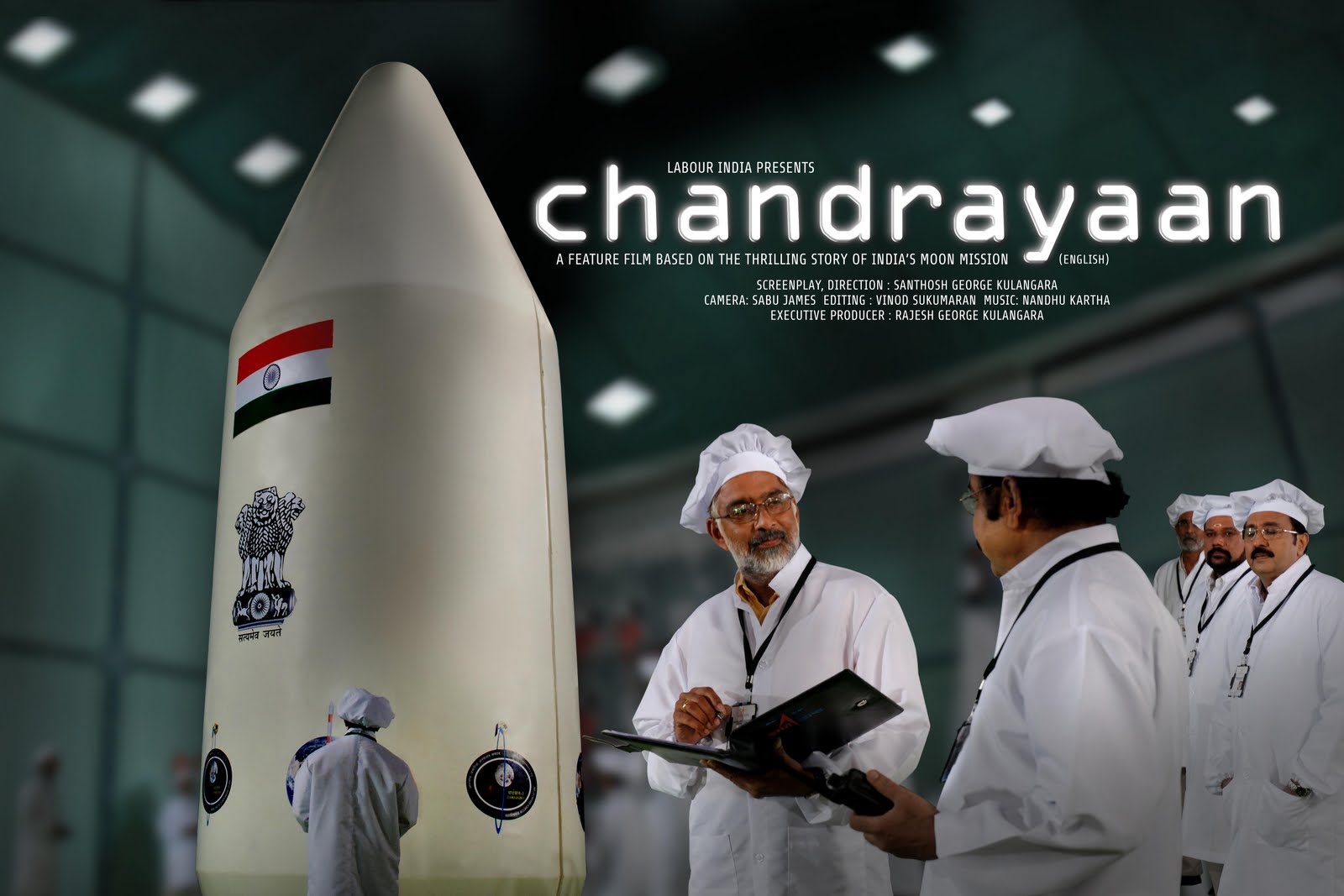Chandrayan is India’s first mission to the Moon launched by India’s national space agency, the Indian Space Research Organization (ISRO). The unmanned lunar exploration mission includes a lunar orbiter and an impact or.
The spacecraft was launched by a modified version of the PSLV C11 on 22 October 2008 from Satish Dhawan Space Centre, Sriharikota, Nellore District, Andhra Pradesh, about 80 km north of Chennai at 06:22 1ST. The mission promises to be a major boost to India’s space program.
India will be competing with Asian nations like China and Japan in exploring the Moon. The vehicle was successfully inserted into lunar orbit on 8 November 2008. On November 14, 2008, the Moon Impact Probe separated from the Moon-orbiting Chandrayan at 20:06 and impacted the lunar South Pole in a controlled manner. With this, India became the fourth country to place its flag on the Moon. The MIP impacted near the crater Shackleton, at the lunar South Pole, at 20:31 on 14 November 2008.
ADVERTISEMENTS:
The estimated cost of the project is Rs. 386-crore. The remote sensing lunar satellite weighed 1,380 kilograms (3,042 lb) at launch and 675 kilograms (1,488 lb) in lunar orbit and carries high resolution remote sensing equipment for various frequencies. For the next two years, the satellite will help survey the moon’s surface to produce a complete map of its chemical characteristics and 3-dimensional topography. The Polar Regions especially will be studied closely to see if they contain ice. The lunar mission carries five ISRO payloads and six payloads from other international space agencies including NASA, ESA, and the Bulgarian Aerospace Agency. These were carried without any cost.
The scientific objectives of the mission are many. They include not only the designing, development, launching and orbiting a spacecraft around the Moon using an Indian-made launch vehicle but also conducting scientific experiments using instruments on-board the spacecraft. It is intended to prepare a three-dimensional atlas of both the near and far side of the Moon.
Besides this, chemical and mineralogical mapping of the entire lunar surface will be undertaken. Some of the chemical elements to be mapped are Magnesium, Aluminum, Silicon, Calcium, Iron, Titanium, Radon, Uranium, & Thorium. The impact of a sub-satellite (Moon Impact Probe – MIP) on the surface on the Moon will also be studied as a fore-runner to future soft-landing missions. It is hoped that the mission will provide new insights in understanding the Moon’s origin and evolution.
ADVERTISEMENTS:
The scientific payload has a total mass of 90 kg and contains six Indian instruments and five foreign instruments. ISRO’s telemetry, tracking and command network (ISTRAC) at Peenya in Bangalore, will track and control Chandrayan-1 over the next two years of its life span.

